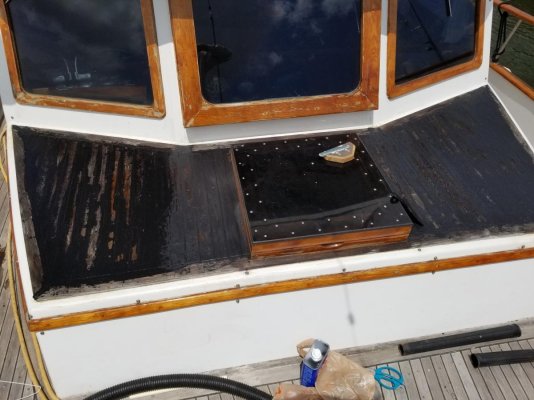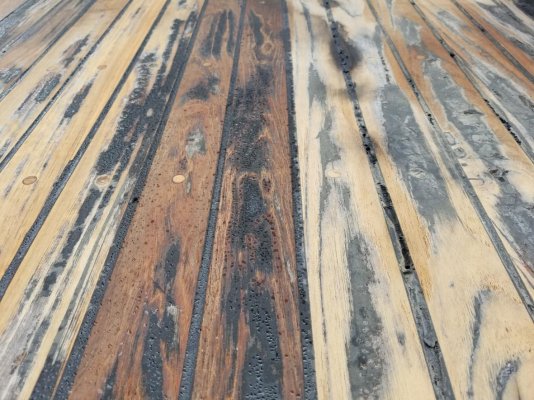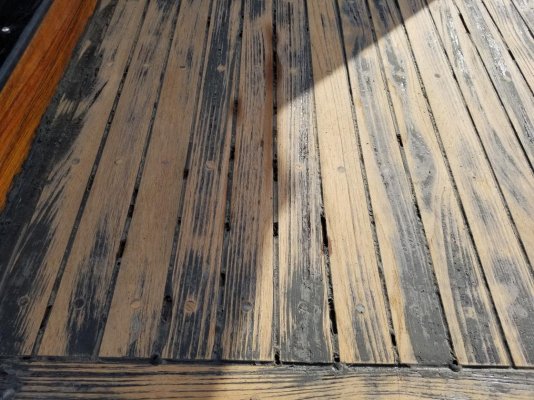Nopistn
Senior Member
Lol caulk.
But seriously I'm having a mental battle if using the $16/tube TDS caulk is worth it, or if the $4/tube black weather proof stuff from HD is close enough, considering I've just poured nearly a gallon of epoxy into a few square feet of deck, I don't think it'll matter if the caulk fails early
But seriously I'm having a mental battle if using the $16/tube TDS caulk is worth it, or if the $4/tube black weather proof stuff from HD is close enough, considering I've just poured nearly a gallon of epoxy into a few square feet of deck, I don't think it'll matter if the caulk fails early




